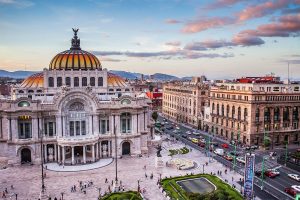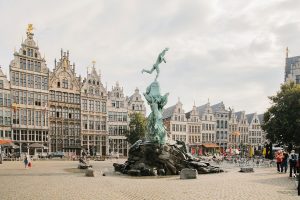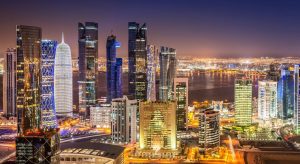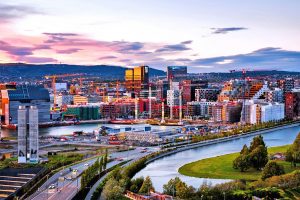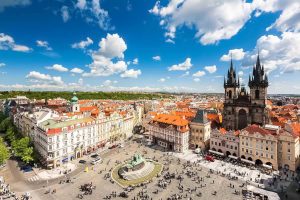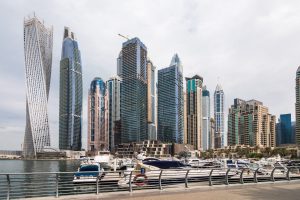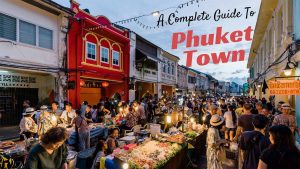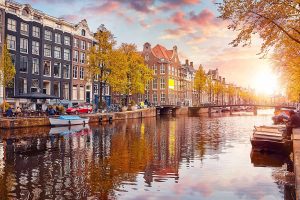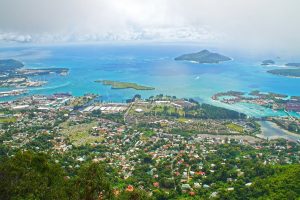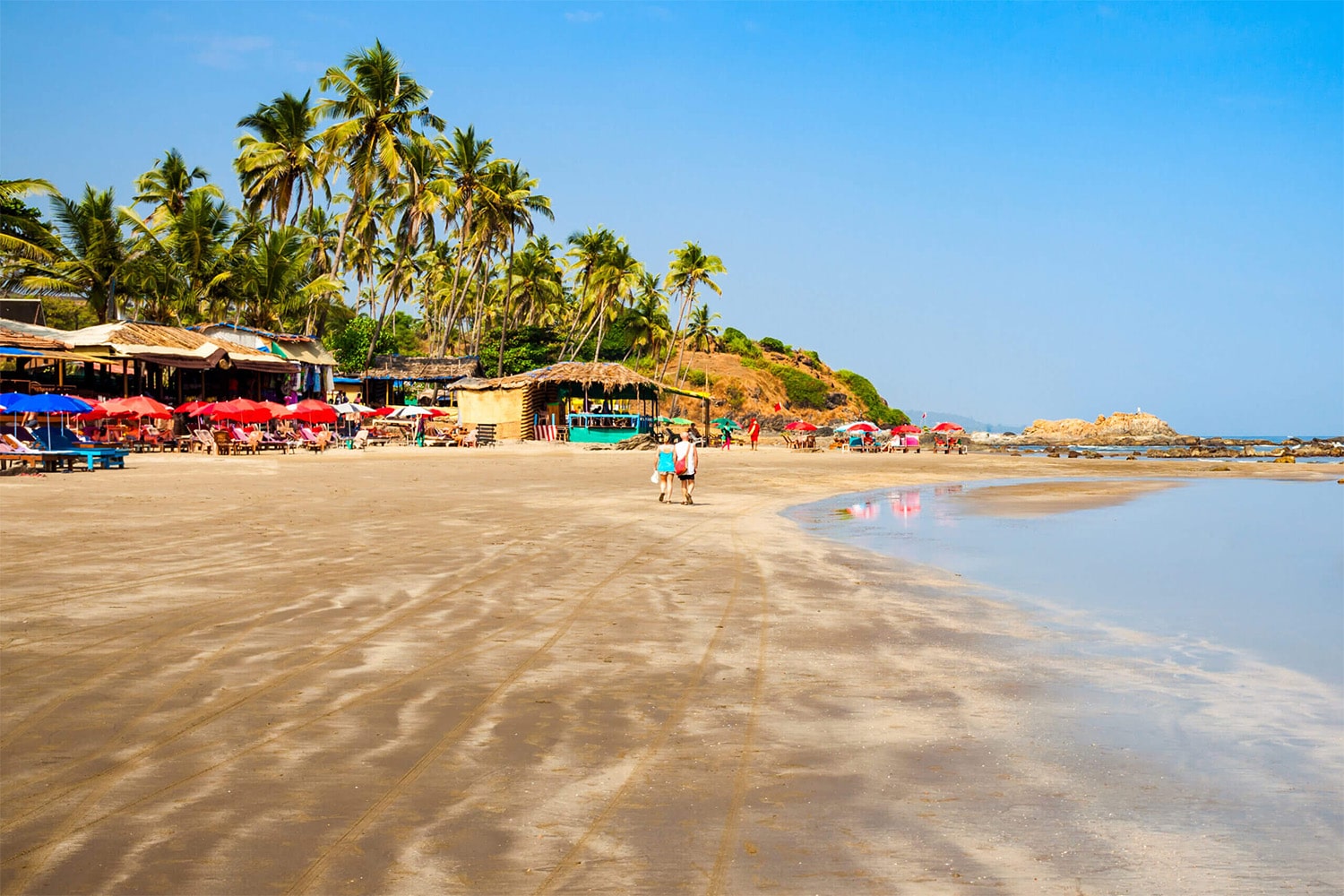
29 interesting facts about Goa
- 👁️ 1236
Goa, a small yet vibrant state on the western coast of India, is famous for its stunning beaches, diverse culture, and historical significance. Once a Portuguese colony, this tropical paradise blends Eastern and Western traditions in a unique way that captivates visitors from all over the world. Known for its scenic landscapes and laid-back lifestyle, Goa is not only a popular tourist destination but also a hub of rich history, tantalizing cuisine, and lively festivals. It stands out with its distinctive architecture, from colorful homes to ancient churches, each telling a story of its colonial past and Indian heritage.
- Goa is the smallest state in India by area.
- It was a Portuguese colony for over 450 years, until it was annexed by India in 1961.
- Goa has a population density of over 394 people per square kilometer, making it one of the most densely populated states in India.
- The state’s economy is heavily dependent on tourism, which is its largest industry.
- Goa is internationally renowned for its beaches, with more than 50 stretches of stunning coastline.
- It hosts one of the most famous music festivals in Asia, the Sunburn Festival, attracting visitors from across the globe.
- Panaji is the state’s capital, while Vasco da Gama is the largest city.
- Goa’s tropical monsoon climate means it has a hot and humid weather for most of the year.
- The state is also known for its biodiversity, particularly the Western Ghats, which is a UNESCO World Heritage site.
- Goa has two official languages: Konkani and Marathi.
- Football is the most popular sport in Goa, significantly influenced by its Portuguese heritage.
- The state has a high per capita income compared to other Indian states, reflecting its prosperous economy.
- It is home to more than 400 bird species making it a major spot for bird watching.
- Goan cuisine is a blend of Portuguese and local flavors, famous for its seafood and spicy dishes.
- Goa celebrates a unique blend of Indian and Portuguese festivals, such as Carnival and Shigmo.
- It has a rich history of spice trade which dates back to the ancient times when it was a part of various Hindu empires.
- The Naval Aviation Museum near Vasco da Gama is one of only a few military aviation museums in India.
- Dudhsagar Falls, one of India’s tallest waterfalls, is located on the Mandovi River in Goa.
- Old Goa, now a UNESCO World Heritage Site, was once the administrative seat of the Portuguese and is famous for its historic churches and ruins.
- The state’s literacy rate is above 87%, one of the highest in India.
- Goa has a unique architectural style known as Indo-Portuguese, which is evident in its historic homes and churches.
- It is one of the few places in India where one can find Portuguese-era mansions.
- The state also has a significant Roman Catholic population, reflecting its colonial history.
- Goa was one of the major entry points during the hippie trail of the 1960s and 1970s.
- It has several wildlife sanctuaries like Bhagwan Mahavir (Mollem) Sanctuary and Bondla Wildlife Sanctuary.
- The traditional drink of Goa is Feni, which is made from cashew or coconut sap.
- Goa’s coast is lined with famous forts such as Fort Aguada, built by the Portuguese to defend against the Dutch and Marathas.
- Anjuna Flea Market in Goa is a major tourist attraction, originally started by hippies as a means to earn money by bartering or selling their possessions.
- The Goan Carnival is an annual event that features music, dance, and parades, showcasing the cultural legacy of the Portuguese.
Goa offers a unique tapestry of experiences that blend its colonial past with vibrant Indian culture, making it a standout destination in India. Its picturesque landscapes coupled with historical richness provide an enchanting retreat for travelers seeking both relaxation and adventure. The state’s enduring appeal is a testament to its diverse heritage, lush natural beauty, and the warm hospitality of its people, making it a cherished destination for tourists worldwide.

